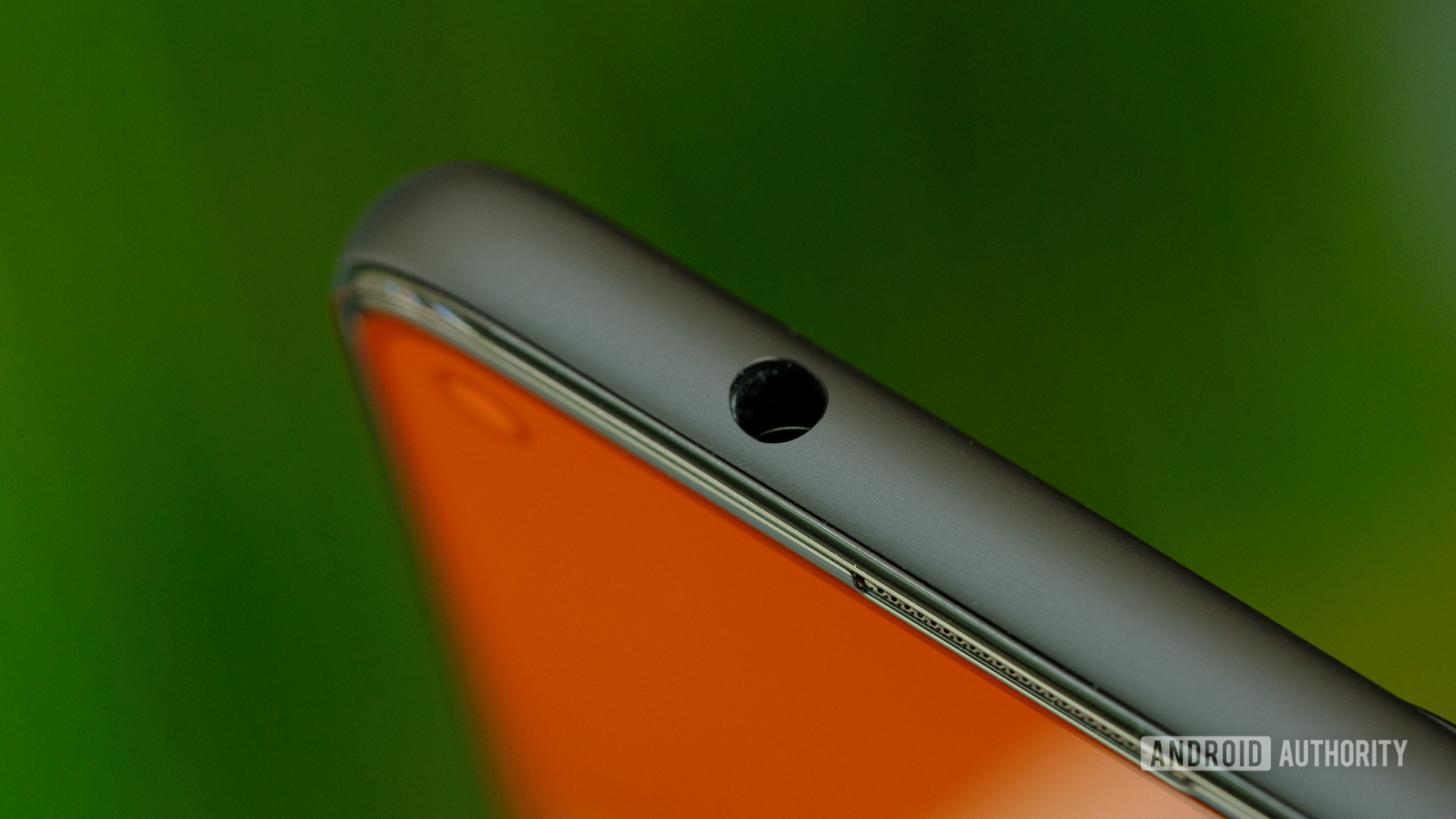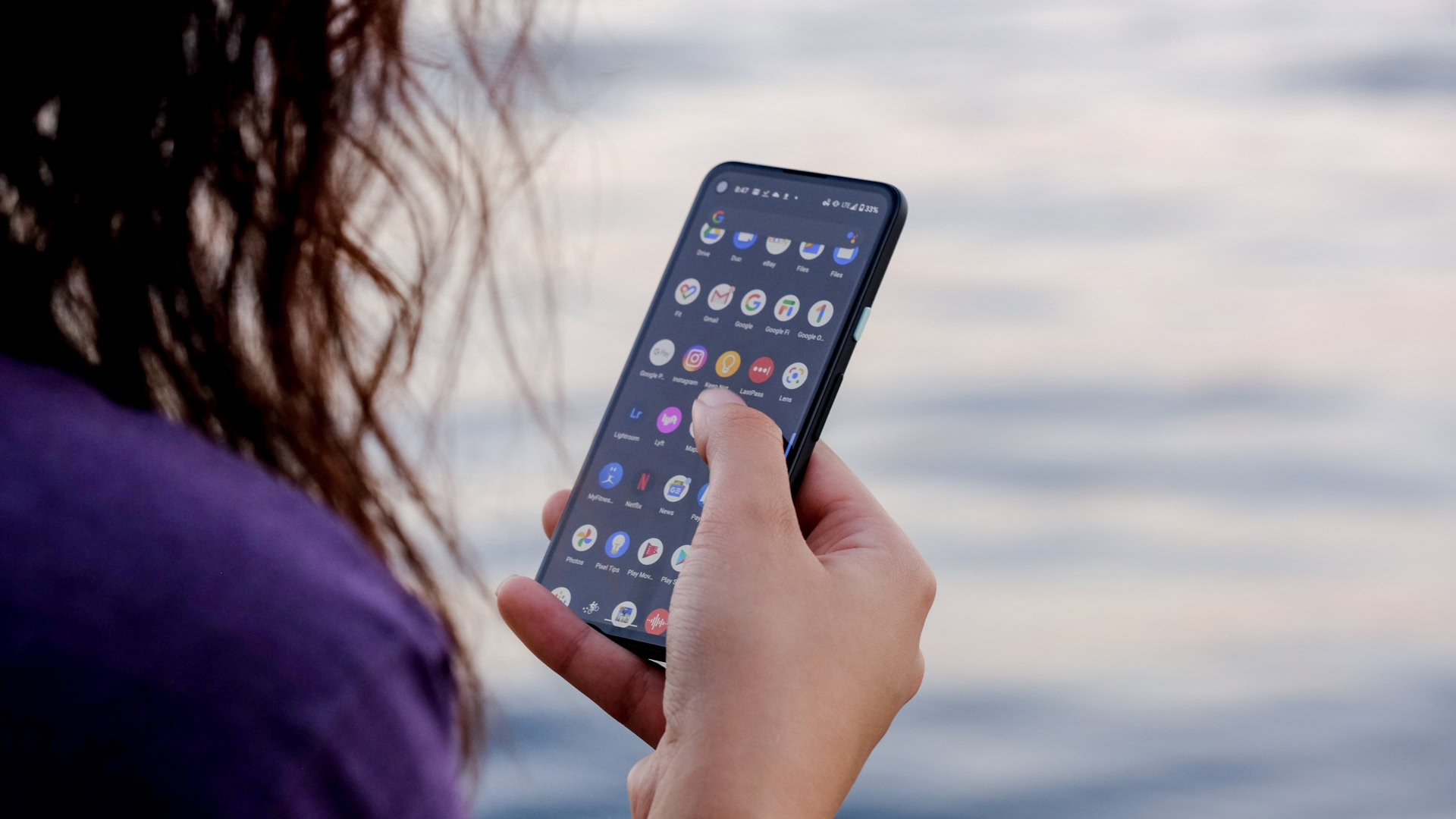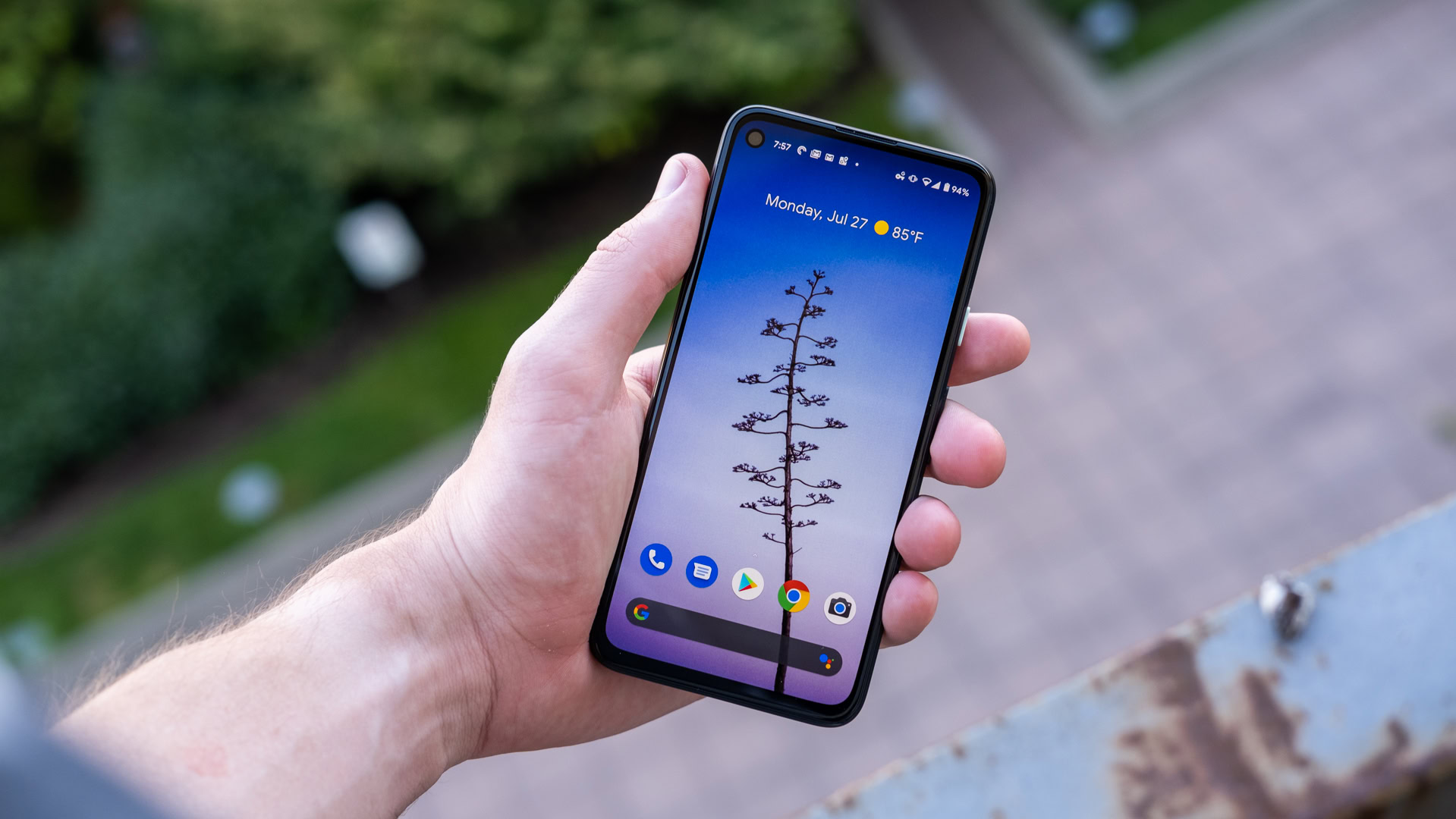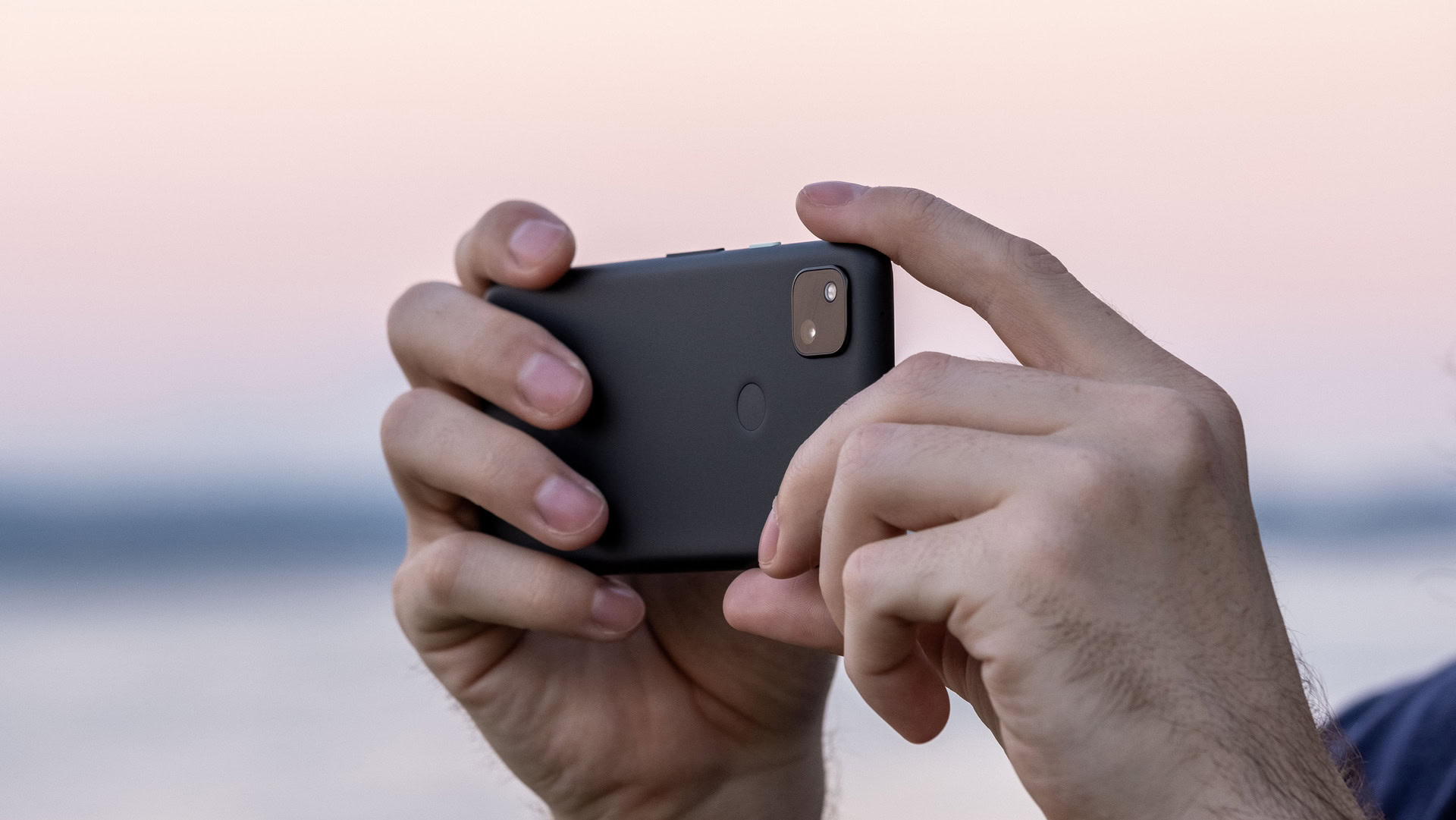Affiliate links on Android Authority may earn us a commission. Learn more.
Google Pixel 4a vs Pixel 4: Which should you buy?
After months of delays, Google revealed the Pixel 4a back in August of 2020 to take on the likes of the iPhone SE and the OnePlus Nord. But is it good enough to be classed as a worthy alternative to its far more expensive flagship counterpart, the Pixel 4? Let’s find out as we take a look at the Google Pixel 4a vs Pixel 4!
Editor’s note: We’ll mainly be referring to the standard Pixel 4 for the sake of this comparison. We’ll also mention the larger Pixel 4 XL when the specs and features differ. Unfortunately, Google hasn’t released a Pixel 4a XL. Those after a larger, more recent cheap phone from Google will want to check out the Pixel 7a.
Google Pixel 4a vs Pixel 4
Specs
| Google Pixel 4a | Pixel 4 | Pixel 4 XL | |
|---|---|---|---|
Display | Google Pixel 4a 5.81-inch OLED 2,340 x 1,080 resolution 19.5:9 aspect ratio Gorilla Glass 3 | Pixel 4 5.7-inch P-OLED 2,280 x 1,080 resolution 19.9:9 aspect ratio Gorilla Glass 5 90Hz refresh rate | Pixel 4 XL 6.3-inch P-OLED 3,040 x 1,440 resolution 19.9:9 aspect ratio Gorilla Glass 5 90Hz refresh rate |
Processor | Google Pixel 4a Qualcomm Snapdragon 730G Adreno 618 GPU | Pixel 4 Qualcomm Snapdragon 855 Adreno 640 GPU | Pixel 4 XL Qualcomm Snapdragon 855 Adreno 640 GPU |
RAM | Google Pixel 4a 6GB RAM | Pixel 4 6GB RAM | Pixel 4 XL 6GB RAM |
Storage | Google Pixel 4a 128GB No microSD slot | Pixel 4 64GB/128GB No microSD slot | Pixel 4 XL 64GB/128GB No microSD slot |
Cameras | Google Pixel 4a Rear: 12.2MP, f/1.7 OIS + EIS Front: 8MP, f/2.0 | Pixel 4 Rear: 12.2MP, f/1.7 + 16MP telephoto f/2.4 OIS Front: 8MP, f/2.0 | Pixel 4 XL Rear: 12.2MP, f/1.7 + 16MP telephoto f/2.4 OIS Front: 8MP, f/2.0 |
Battery | Google Pixel 4a 3,140mAh 18W fast charging No wireless charging | Pixel 4 2,800mAh 18W fast charging Qi wireless | Pixel 4 XL 3,700mAh 18W fast charging Qi wireless |
IP Rating | Google Pixel 4a No IP rating | Pixel 4 IP68 | Pixel 4 XL IP68 |
Software | Google Pixel 4a Android 10 | Pixel 4 Android 10 | Pixel 4 XL Android 10 |
Colors | Google Pixel 4a Just Black | Pixel 4 Just Black, Clearly White, Oh So Orange | Pixel 4 XL Just Black, Clearly White, Oh So Orange |
Dimensions and weight | Google Pixel 4a 144 x 69.4 x 8.2mm 143g | Pixel 4 147.1 x 68.8 x 8.2mm 162g | Pixel 4 XL 160.4 x 75.1 x 8.2mm 193g |
Design
The Pixel 4 and the 4a are pretty different, which is understandable since there was a considerable price difference between the two. You get a metal and glass build, dust and water resistance, and wireless charging with the flagship Pixel 4, while the Pixel 4a skips all these premium features to keep the price as low as possible.
The Pixel 4a’s polycarbonate body doesn’t feel cheap by any means, though. Many may even prefer its near bezel-less front compared to the large forehead of the Pixel 4, which houses the Soli chip and other sensors. These sensors are essential for the Pixel 4’s hardware-based face unlock feature. The Pixel 4a instead opts for a physical fingerprint scanner, which isn’t as high-tech but is a tried-and-tested security option.
The headphone jack continues to be a significant selling point of the budget-friendly smartphone as well. The Pixel 4 doesn’t have a 3.5mm port. Conversely, the Pixel 4 series offers Active Edge, so you can squeeze to summon Google Assistant. This feature also appeared on the Pixel 3a but has been dropped for the Pixel 4a.

The 4a might have the more “modern” design, and the Pixel 4’s look is certainly polarizing, but there’s something quintessentially “Pixel” about both smartphones. Whether it’s the square camera bump, the contrasting power button, or the unique orange colorway of the Pixel 4, both phones are easily recognizable in a world where smartphone designs tend to blend into one another.
Design is a personal preference, but the flagship has more to offer concerning the display. Both screens are of the OLED, Full HD variety. However, the Pixel 4 benefits from a 90Hz refresh rate that makes everything seem that much smoother. That said, the Pixel 4a has one of the best displays we’ve seen in this price range. The 6.3-inch Pixel 4 XL’s display also bumps the resolution up to Quad HD, just in case you want the very best Pixel display out there.
Features
The Pixel 4 series is powered by the 2019 flagship processor of choice, the Snapdragon 855. On the other hand, the 4a comes with the decidedly mid-range Snapdragon 730G. As shown by the Speed Test G results in the video above, the Pixel 4 and 4 XL will handily beat the 4a in an all-out sprint or with processor-intensive gaming, but we found no issues with everyday performance with the latter.
The fact that both come with 6GB of RAM and an identical software experience — thanks to the ultra-clean Pixel UI — makes it a little closer. It wouldn’t be fair to expect similar performance given the significantly different processing packages, but the Pixel 4a doesn’t disappoint.

Where the Pixel 4a has the definite advantage is in battery life. A screen on-time of 6.5 hours may not be as impressive compared to many other phones out there, but that’s still a significant improvement over the around 4-hour screen-on time of the Pixel 4. The Pixel 4 XL fares a little better due to its larger cell, but you’ll still be reaching for a charger by the end of the day or earlier. Google’s decision to go with relatively small batteries with the Pixel 4 series is still baffling. But it’s good to see the Pixel 4a bucking that trend.
Both phones come with the same 12.2MP primary shooter. The Pixel 4 series gets the added benefit of a secondary telephoto lens, though. However, the Pixel 4a has all the fantastic camera software enhancements available with its flagship counterparts, like astrophotography mode and dual exposure sliders.
Given the similarities, it’s no surprise that Pixel 4a produced images similar to the Pixel 4. Photos have great color and dynamic range and maintain more contrast than other devices in their price range. The Pixel 4 has one of the best smartphone cameras around, and it’s fantastic to see its budget sibling go down the same road. Check out our camera shootout between the two phones for some samples and further analysis of the differences between the Pixel 4a and Pixel 4 cameras.
The Pixel 4a and Pixel 4 are completely identical on the software side of things. Both phones launched with Android 10 but now run Android 12. Of course, the two Pixels will also be among the first to get future software updates.
You’ll get to enjoy all the new Android features with the Pixel 4a, including the new Google Assistant, Call Screening, and more. Pixel UI may not be for everybody, but there’s no denying that it’s one of the cleanest and most minimalistic takes on the OS around.
Price

The Pixel 4a was priced at $349, although its price from third-party retailers is fluctuating quite a bit now. It comes in Just Black with a single 128GB storage option. The Pixel 4a was available in the UK for £349, and the rest of Europe for between €349-€389. You can also pick up this phone in India for 31,999 rupees (~$410).
On the other hand, the Pixel 4 launched with a $799 (or £699/€659 in the UK/Europe) price tag for the base 64GB model but is available now for around $400. It is available in Just Black or Clearly White colorways. There’s also an Oh So Orange option, but it’s no longer sold via the Google Store. It’s quite hard to get ahold of these days.
Both phones are quite difficult to get your hands on now, and you will be paying an unnecessary premium. Check out the Pixel 7 series, the Pixel 7a, and the Pixel Fold if you’re interested in the latest phones from Google.
Google Pixel 4a vs Pixel 4: Which should you buy?

The choice between a flagship and a mid-ranger is usually pretty straightforward. However, it’s actually quite hard to make the case that the Pixel 4 is the objectively better option here. Yes, it has a faster processing package, better build quality, and wireless charging. The display comes with a higher refresh rate, you also get Motion Sense and Active Edge. And there’s a secondary rear shooter for improved zoom and Bokeh-style shots.
The Pixel 4a makes a strong case for itself, though. The Pixel 4a is what’s left if you remove the premium add-ons from the Pixel 4 and keep the essentials. You’ll still get a fantastic camera experience with the 4a. The performance is impressive for a mid-ranger, the battery life is much better, and the software package is identical. More importantly for many, the Pixel 4a is less than half the price of the Pixel 4.
Are the huge savings enough to put the Pixel 4a over its high-end namesake? You tell us!